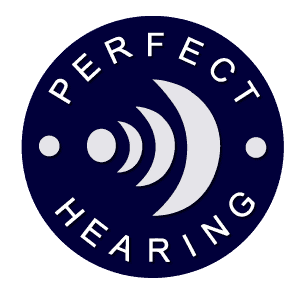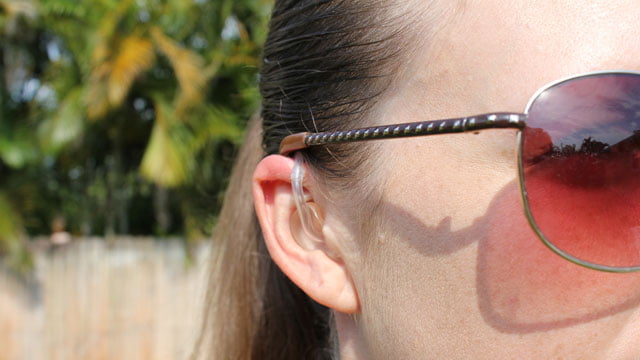Hearing aids and glasses don’t seem to go well together, but sometimes both are required. This is particularly in the case of BTE (Behind-the-ear) models of hearing aids.
So, can you wear hearing aids while wearing glasses? Yes! Yes, you can wear both of them comfortably.
If you wear glasses, there are things you should know about when purchasing a hearing aid.
In this post, you will learn the strategies to wearing glasses and hearing aids together.
Choosing The Perfect Hearing Aids Which Fit Your Needs
Whether you wear glasses or not, there are certain things to take into consideration before you invest in hearing aids. These devices come in all shapes, sizes, and styles.
They also come in fancy colors, if you are into that type of thing.
Hearing aids are categorized into three basic groups; In-the-ear (ITE), Behind-the-ear (BTE), and In-the-canal (ITC).
ITEs, as the name implies, they fit right into the opening of the ear canal and has nothing mounted behind the ear.
BTEs are an older style of hearing aids. However, there are newer and modern version available. As the name implies, they are mounted behind the ear while the connecting tube sits in the ear canal.
ITCs are just like the ITE models, but it sits deeper into the ear, making them almost invisible.
Understanding The Different Features
When investing in a hearing aid, it’s the features you should be looking at and not the shape.
The features are always changing as the hearing aid industry continues to evolve. Some features to look out for when purchasing a hearing aid include:
Directional Microphone: This feature helps to pinpoint the sound you need to hear while you are in a noisy environment. For example, if someone is talking to you at a party or marketplace, you can hear them clearly in spite of all the noise or music playing in the background.
Noise Reduction: This feature helps to filter out the background noise by amplifying one channel to enhance speech.
T-Coil: This feature allows you to hear better when you’re using a landline phone. The T-coil technology is useful when you’re listening to people talk through the speaker like at the church, cinemas, comedy shows, etc.
The goal should be to find the best set of features to fit your lifestyle. After which you can look out for styles and designs.
See your audiologist to carry out a hearing test in Malaysia to determine the level of your hearing loss before you invest in a hearing aid device.
This test and will enable the audiologist prescribe the style of aid you would be needing with the features they should carry.
Wearing BTE Hearing Aids With Glasses
BTEs can be worn while you wear your glasses. To be comfortable with both, you need to wear them the proper way. Below are some tips:
- Use both hands to take off your glasses in a forward motion. It may take time to make this movement a habit if you’re not used to it.
- Before you purchase a hearing aid, take a close look at the size of the BTE. There are standard version that is bulky, but will still work well with glasses.
There are new versions called the Mini BTE. The behind-the-ear portions are smaller and offers you better comfort and less feedback. The best way to know which one will work best for you is to try them both out.
- Wear your glasses first, before you wear your hearing aid. The placement of your eye glasses arm is more rigid than your hearing aid, therefore, it’s harder to adjust.
To be sure that the hearing aid isn’t just hanging off your outer ear, after you position it, look at the mirror.
The solution for those who have a problem wearing BTE models is to go for the ITE or ITC models. The BTE models will be a problem if you take your glasses off a lot. For people with small ears and children, BTEs may be a problem for them.
To ascertain the best model for your lifestyle, schedule an appointment to see an audiologist at the hearing aid centre at Perfect Hearing.


Trackbacks/Pingbacks